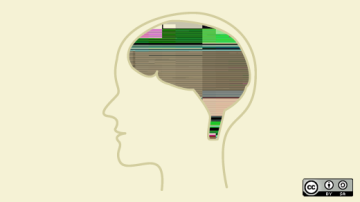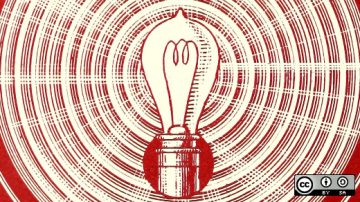Teams require some kind of process to coordinate work and ensure that the output of many focuses on a singular goal. Within the software industry, this has taken the form of teams following a methodology such as Agile. In industries from pharmaceutical to manufacturing, Lean is the philosophy followed to ensure that a process is adhered to. The difficulty with a process is that it's prescriptive. It's designed in such a way that you stay on the tracks that it provides. If you do, you achieve the prescribed benefits and ultimately a form of success. That doesn't give much room for paradigm-level shifts in work behavior.
In early 2020, one such shift hit the global workplace in the form of COVID-19. Many companies self-enforced a remote strategy as people were forced to adapt to working from home. Years later, that flexibility is here to stay. This disruptor has brought new challenges in how we facilitate our process, and the ceremonies associated with it. The engagement paradigm of trying to bring people together on a problem, and to keep them attentive, productive, and happy is challenging when your interaction medium is limited to the screenspace a person is using. Engagement through a camera lens masks the environmental conditions that could also be hampering participation, from suboptimal work space conditions to barking dogs, crying kids, or noisy neighbors. When you throw in the natural distractions that working on a computer can bring (instant messaging, emails, social media, cat memes, and more) the conditions for collaboration, innovation, and problem solving tends to suffer. Combining all of those elements gives you a perfect storm, especially when you ask a human to concentrate on just one topic for a prolonged period of time.
. And that period of engagement extends beyond ergonomic best practices for working at computers, meaning this becomes not just a mental challenge, but a physical challenge.
[ Also read: 5 ways to better leverage remote teams ]
Team health governs a range of concerns from the happiness of team members to their social interactions with each other. Team-centric work is fundamentally based on a social contract of respecting each other, operating as a team, and looking out for one another. That's underpinned by an attempt to generate an environment where people enjoy turning up to work, or at a minimum don't dread when Monday morning comes around. If you can achieve that, and tap into what people are passionate about, then you have the means to move motivated teams towards goals.
Fun at work can often feel forced, with team-building activities, but it can help to take the engagement paradigm that is Design Thinking, and bake it into your process. This allows you to not just progress the key ceremonies and events that your processes demand, but it allows you to do so in a manner that engages people, keeps them attentive in a remote capacity, and allows them to enjoy turning up to these sessions. You can build sessions where your participants can be the stars of the show.
In our next article, we'll talk about how movie posters helped us stay organized and engaged.












1 Comment